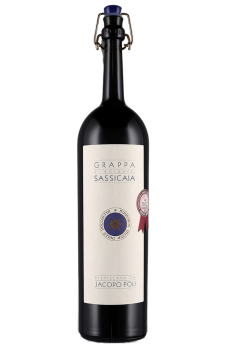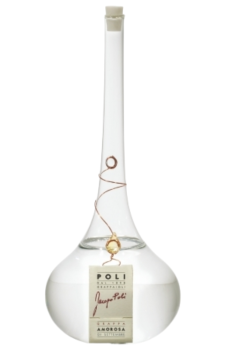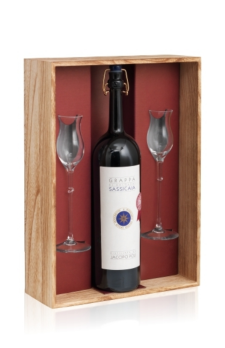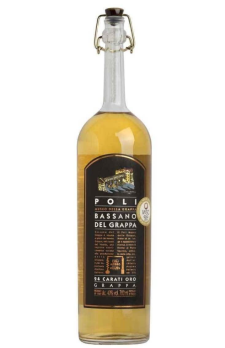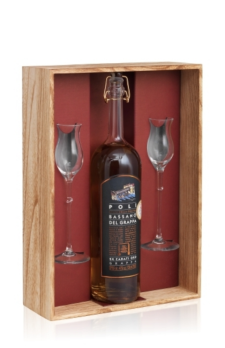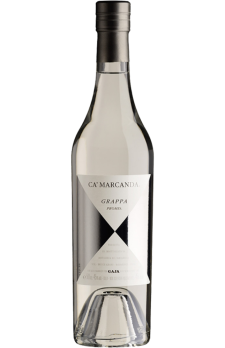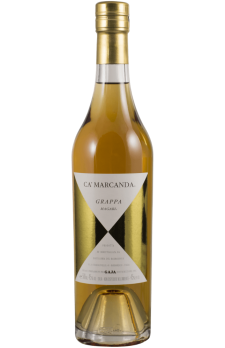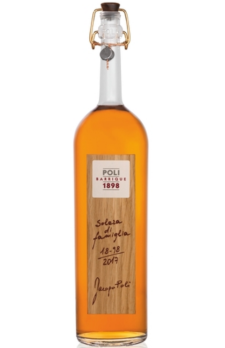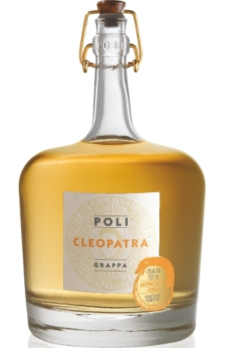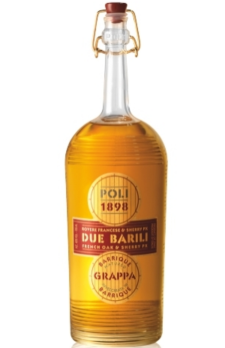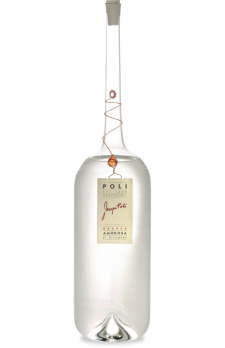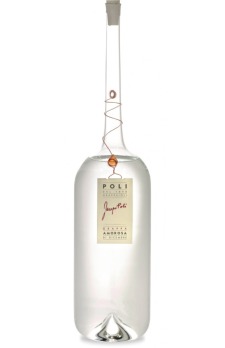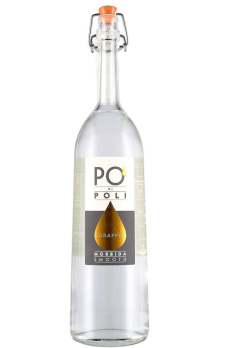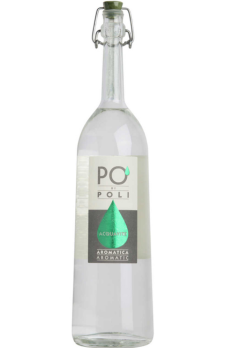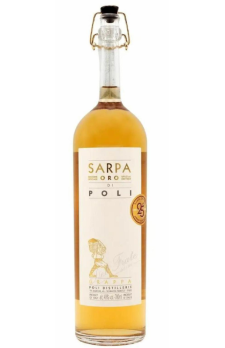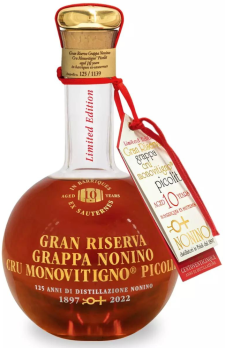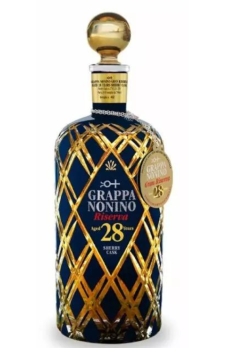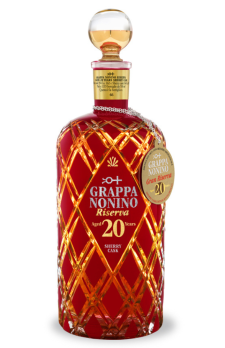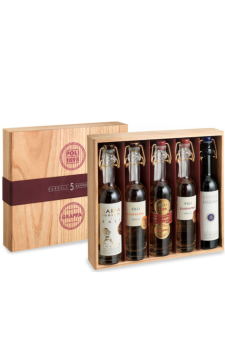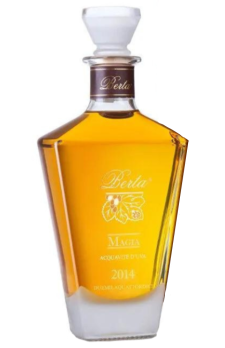Grappa is an alcoholic beverage: a fragrant, grape-based pomace brandy of Italian origin that contains 35 to 60 percent alcohol by volume (70 to 120 US proof). Grappa is traditionally produced in Northern Italy and is also widely consumed in places like Argentina, Bulgaria, Uruguay and Galicia (better known as Spanish ourujo). The flavor of grappa, like that of wine, depends on the type and quality of the grapes used, as well as the specifics of the distillation process. Grappa is made by distilling the skins, pulp, seeds, and stems (i.e., the pomace) left over from winemaking after pressing the grapes. It was originally made to prevent waste by using these leftovers. A similar drink, known as acquavite d'uva, is made by distilling whole must. Grappa is now a protected name in the European Union. To be called grappa, the following criteria must be met: Produced in Italy, or in the Italian part of Switzerland, or in San Marino Produced from pomace Fermentation and distillation must occur on the pomace—no added water. In Italy, grappa is primarily served as a digestive or after-dinner drink. Professional tasters distinguish among four categories of grappa: young, cask-conditioned, aromatic, and aromatized. Grappa tastings begin with young grappas, then continue with cask-conditioned and aromatic grappas, and finish with aromatized grappas. When the tasting involves more than one grappa from the same category, the examination begins with the grappa that has the lowest alcohol content and concludes with the product richest in alcohol. When two grappas have the same alcohol content, the tasting begins with the smoother and less markedly flavored product, which the organizer of the tasting will have selected beforehand. Another way to "taste" grappa is by rubbing a small amount on the back of the hand and sniffing. If the aroma is pleasant, the grappa is well made. Impurities in grappa come out in the vapor and can be easily distinguished in this way. After each tasting, and before sampling another glass, some tasters recommend drinking half a glass of milk to refresh the taste receptors on the tongue.


